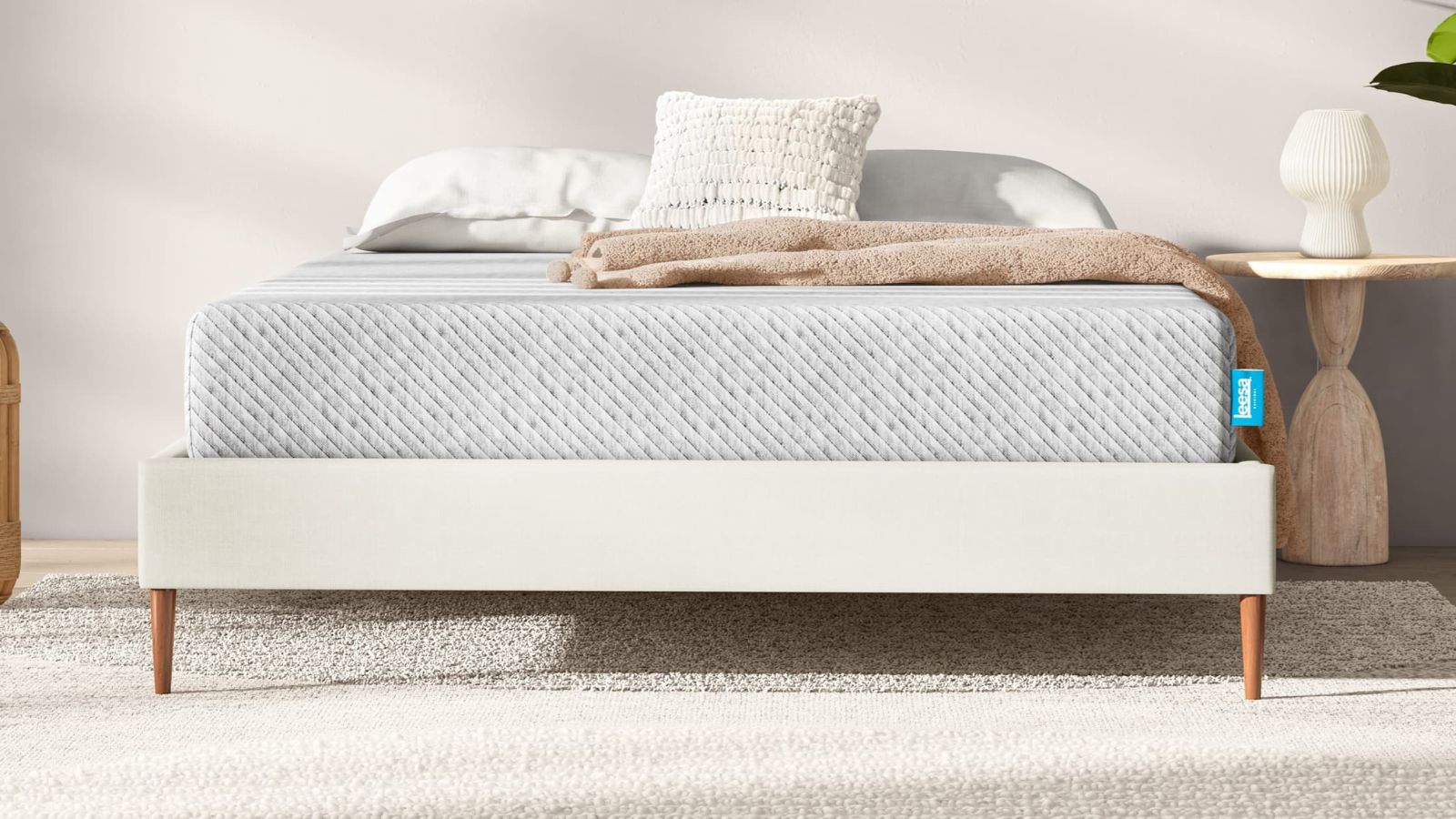
My first bed was a memory foam mattress. Prior to that, I was sleeping on an old-fashioned innerspring, with stiff steel coils that used to dig into my side. I still remember my first night on a memory foam mattress: the immediate sense of relief and weightlessness.
Out of all the mattress types, memory foam is best for side sleepers, light sleepers, and anyone who appreciates soft support. Still, even the best memory foam mattress isn't perfect – all that thick foam tends to trap heat and the edge support often leaves a lot to be desired.
As H&G's resident sleep writer, I lead a team of expert testers to crown the world's best mattress. Over the years, we've slept on dozens of beds, including a healthy handful of memory foam models. This article should tell you everything you need to know about a memory foam mattress, from our in-depth, on-job experience.
What is a memory foam mattress?
I also asked mattress testers and medical professionals to identify the pros and cons of a memory foam mattress, so that you can make a considered purchase. Along the way, I've rounded up a few of the best memory foam mattresses on the market, each of which is tried and tested by an H&G sleep expert.
What is a memory foam mattress?
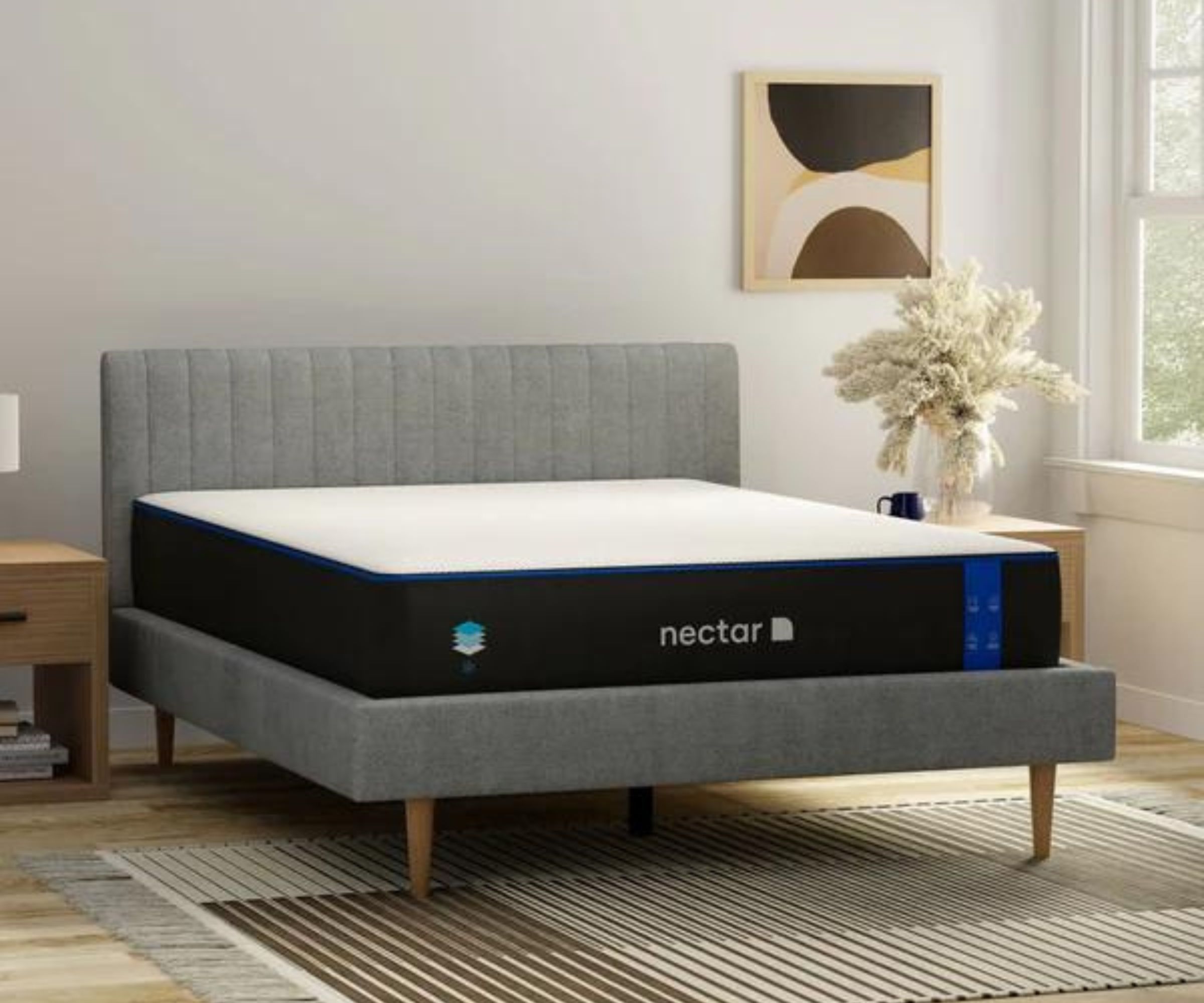
Before we begin, it always helps to define our terms. Memory foam is made from polyurethane, then mixed with other chemicals into a thick, sticky foam. Memory foam is made to mold to the shape of your body and offer specialized support.
You might also hear a memory foam mattress referred to as 'viscoelastic foam'. This just means that memory foam exhibits both stretchy and sticky behavior, ideal for bearing your weight and then springing back into shape.
A memory foam mattress is more than a thick slab of foam. Inside, you'll find multiple layers, by turns solid, springy, and sticky. The exact feel and firmness of foam depends on its unique formulation. I'm afraid I can't be much more specific than that: foam formulae are closely guarded secrets to prevent competitor brands from replicating the recipe for a particular bed.
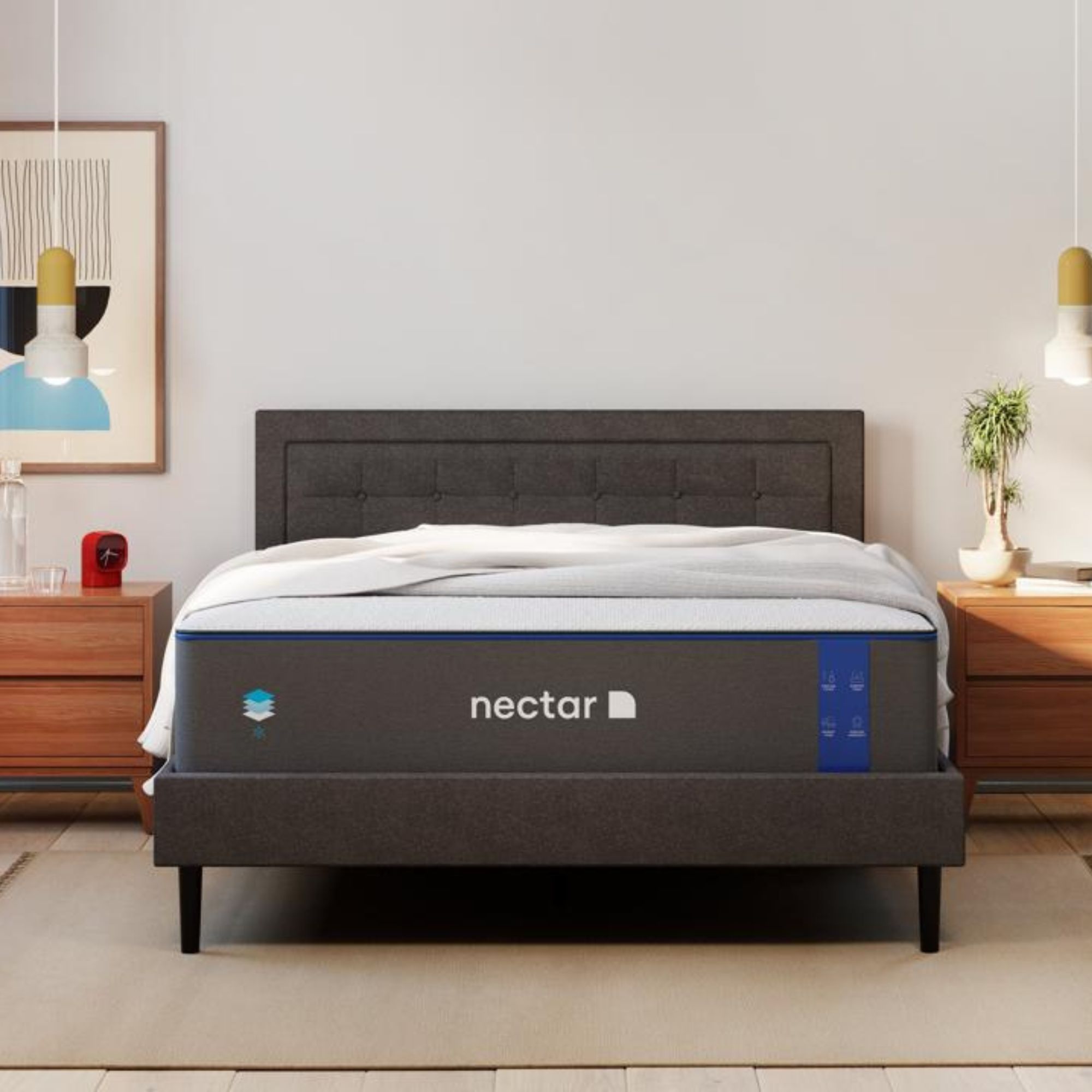
Our expert tester, Casey, suffers from fibromyalgia. She usually wakes up with aches and pains over her entire body. The Nectar Memory Foam Mattress didn't cure her chronic pain, but it certainly relieved pressure and helped her sleep comfortably for the first time in months.
You can find more detail in our Nectar Memory Foam Mattress review.
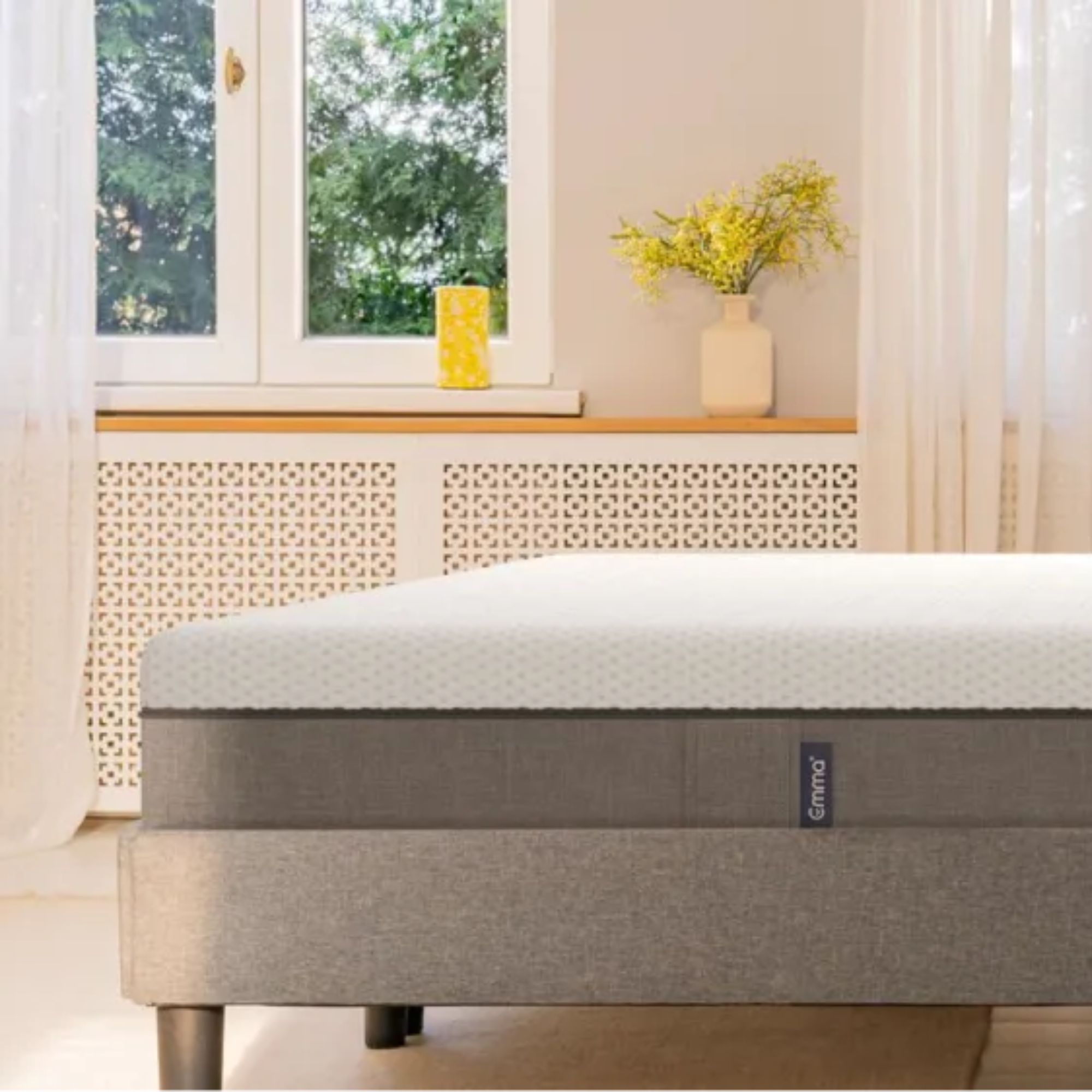
This is the best box mattress for comfort and convenience. The Emma Original Mattress is made from three types of memory foam, formulated for specialized support, and packaged in a neat, narrow box that's ideal for apartments.
You can find more detail in our Emma Original Mattress review.
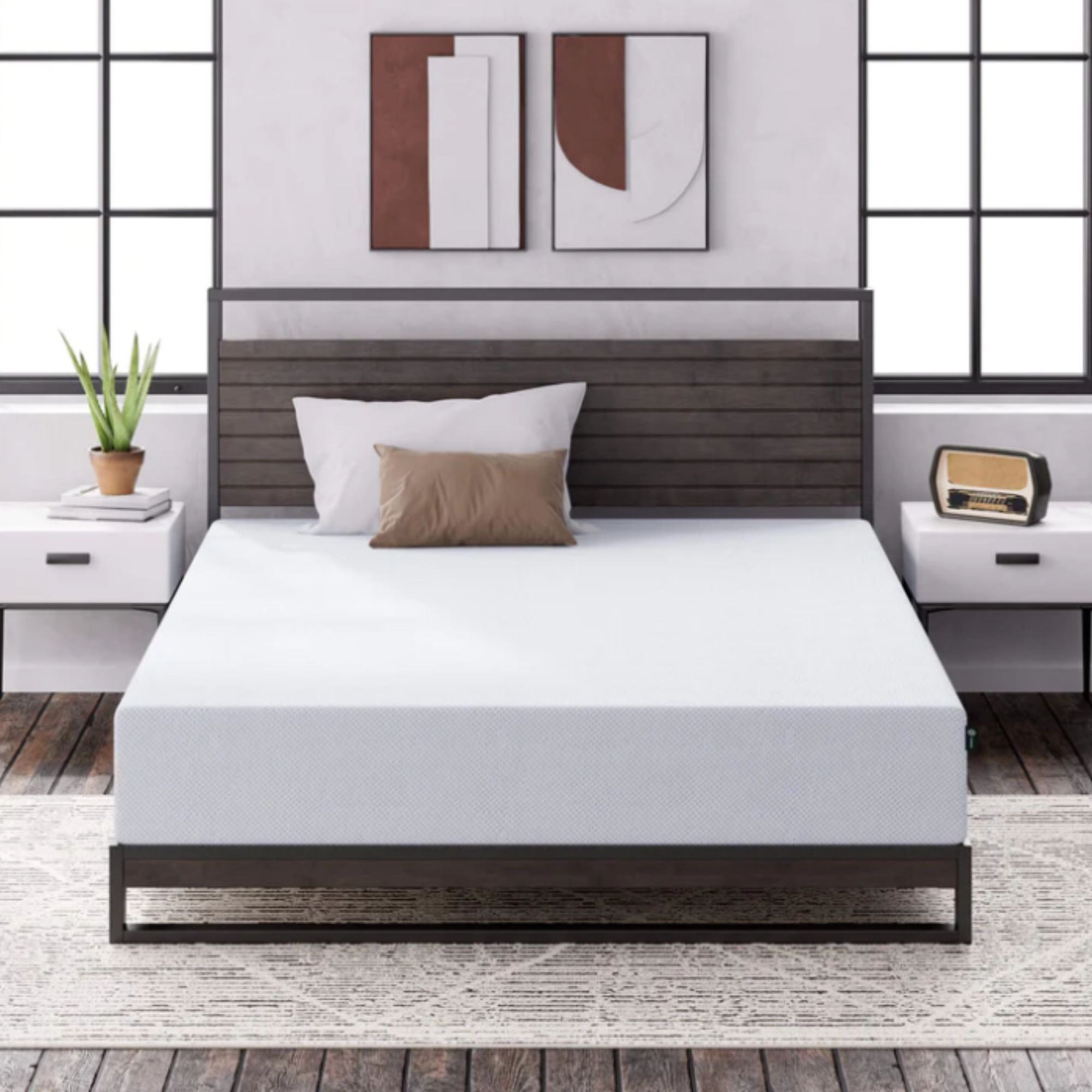
If you're a hot sleeper, then I strongly recommend you narrow the search to a gel memory foam mattress, like this one from Zinus. This mattress is infused with cooling copper and green tea to dissipate heat, block odors, and wick moisture.
You can find more detail in our Zinus Cooling Green Tea Mattress review.
What are the pros of a memory foam mattress?
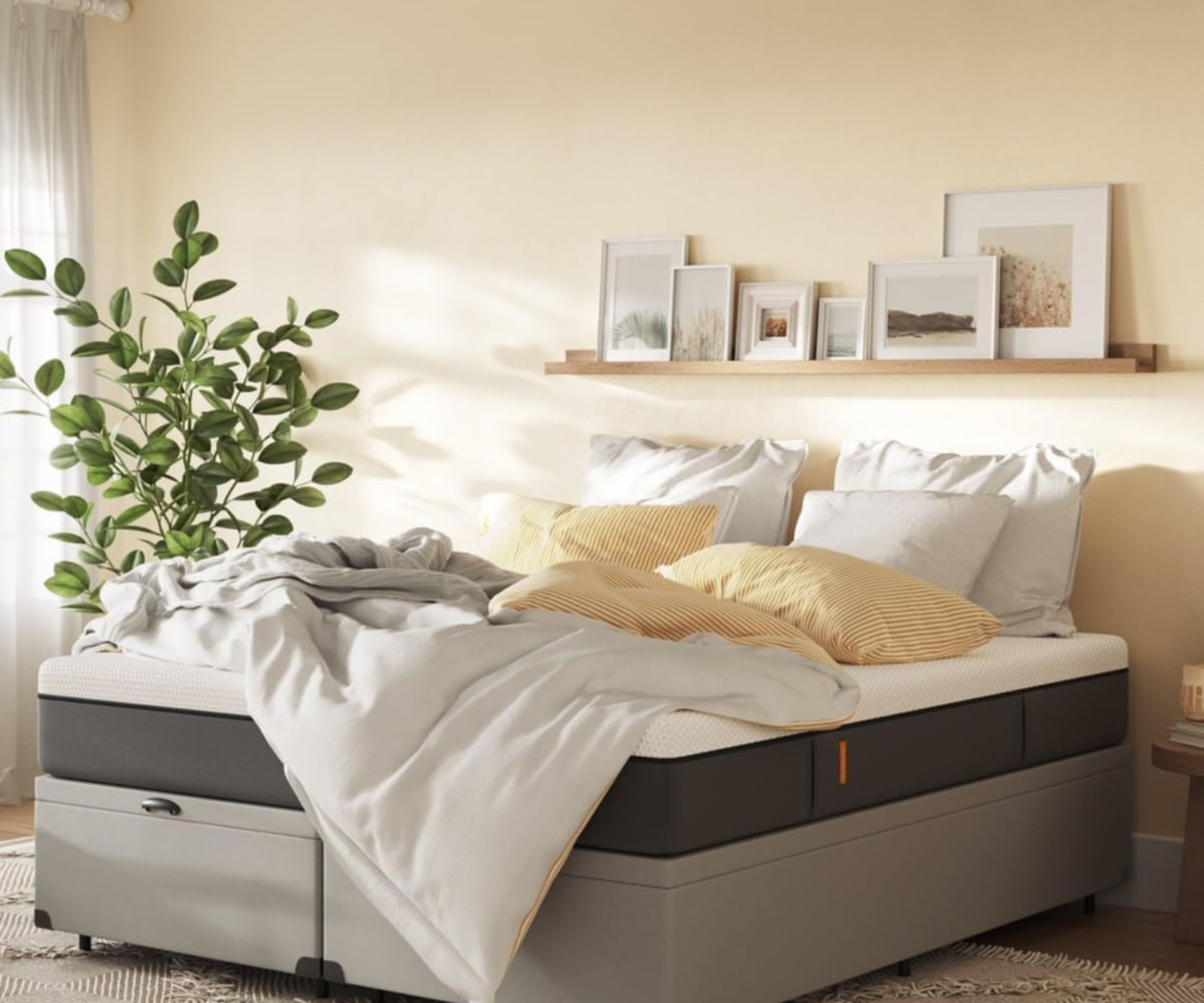
We put a lot of thought into how we test mattresses. Our strangest test is our motion isolation test: we fill a glass with water, set it in the center of the bed, then toss and turn beside it. There is method in our madness: the more the glass moves, and the more the water spills, the worse the motion isolation. Since memory foam is designed to contour to your curves and hold your body in place, memory foam mattresses tend to perform exceptionally well in our motion isolation test. This makes memory foam mattresses ideal for light sleepers and anyone who shares a bed with a pet or partner.
A memory foam mattress can also promote better posture and reduce your everyday aches and pains. When it comes to memory foam vs innerspring for pain relief, it's no contest: 'A memory foam mattress can disperse your weight evenly across the bed, which helps reduce pressure and prevents pain and spasms when you awake,' says Dr. Allen Conrad, a chiropractor. A memory foam mattress should contour to the normal curvature of your spine, which reduces any specific pressure point discomfort that an innerspring mattress may cause.'
If you suffer from chronic pain, Dr. Allen reckons a memory foam mattress might be your best bet. 'Many people with a history of sciatica, for example, find that sleeping on a memory foam mattress is much more comfortable, due to the soft yet supportive material used,' he explains. So many of our H&G sleep experts live with chronic pain. Almost invariably, they appreciate the plush comfort of memory foam, which bears weight, relieves pressure, and creates the feeling of weightlessness.
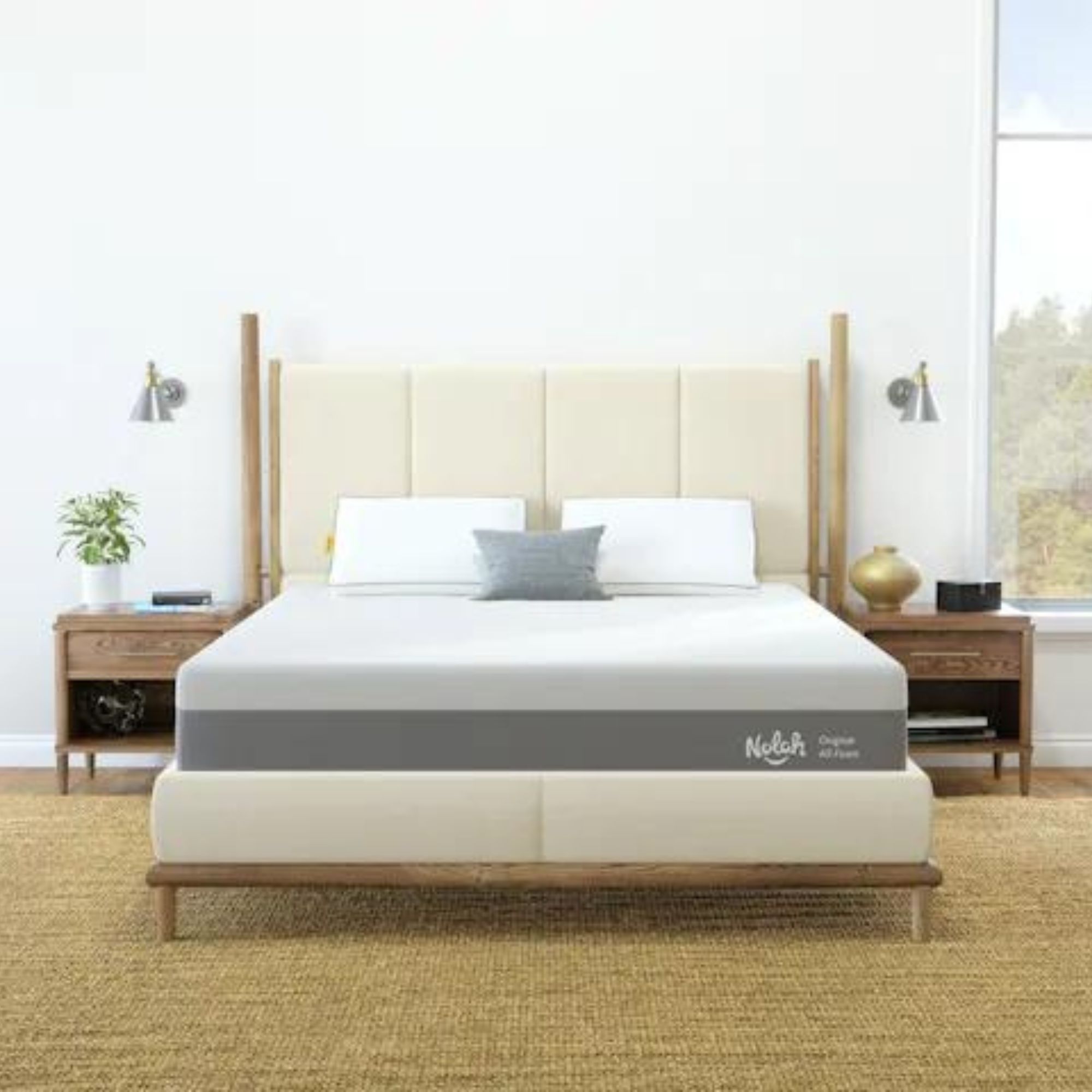
Nolah makes their own special sort of memory foam, known as AirFoam, which is perforated with thousands upon thousands of tiny air pockets to boost breathability throughout the bed. The Nolah Original Mattress is safe for hot sleepers and summer nights.
You can find more detail in our Nolah Original Mattress review.
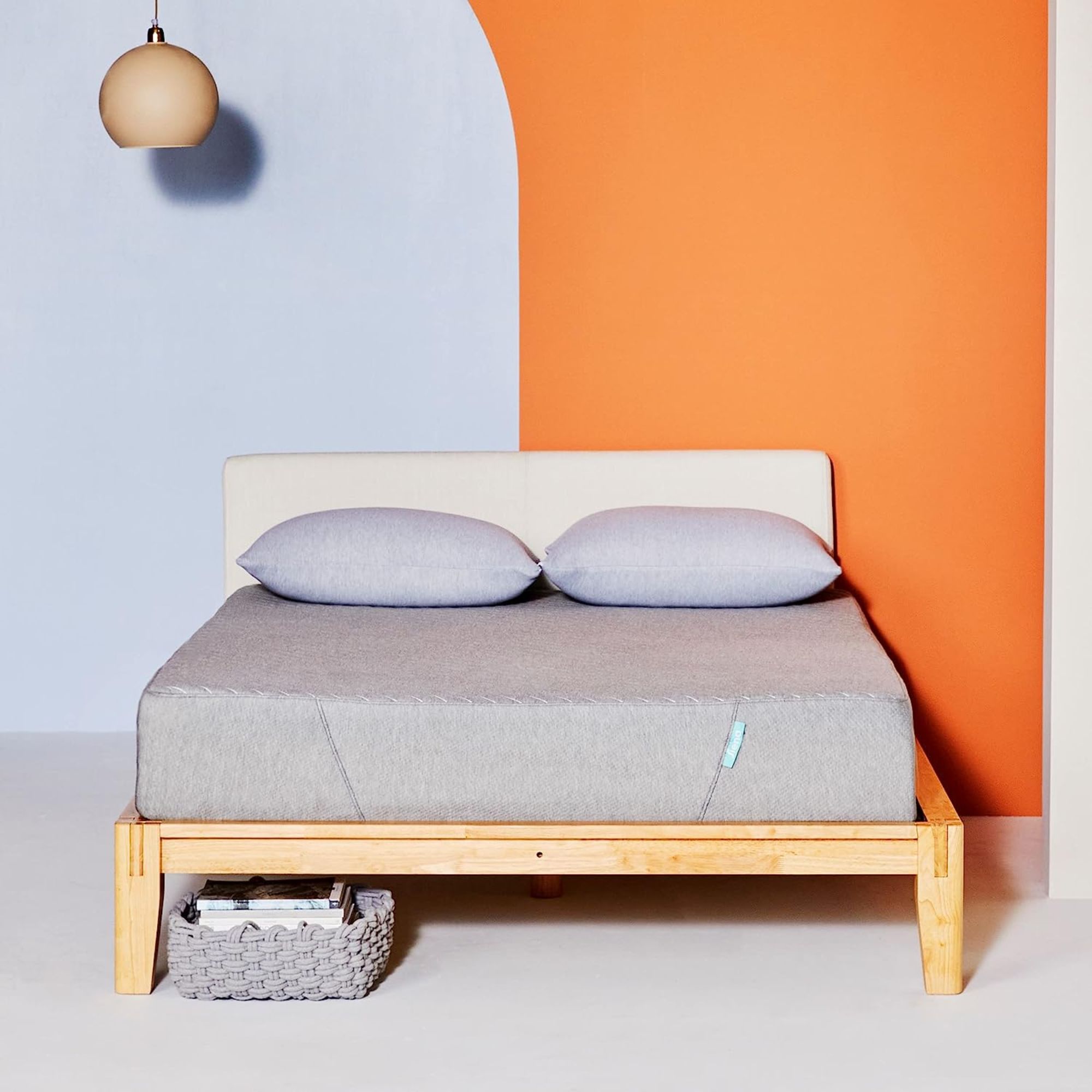
Retailing at $799 for a Queen, the Siena Memory Foam Mattress is already affordable. Now, with a $400 discount, it's a downright steal. The Siena Memory Foam Mattress is surprisingly supportive for such a budget bed, although it might feel too firm for some sleepers.
You can find more detail in our Siena Memory Foam Mattress review.
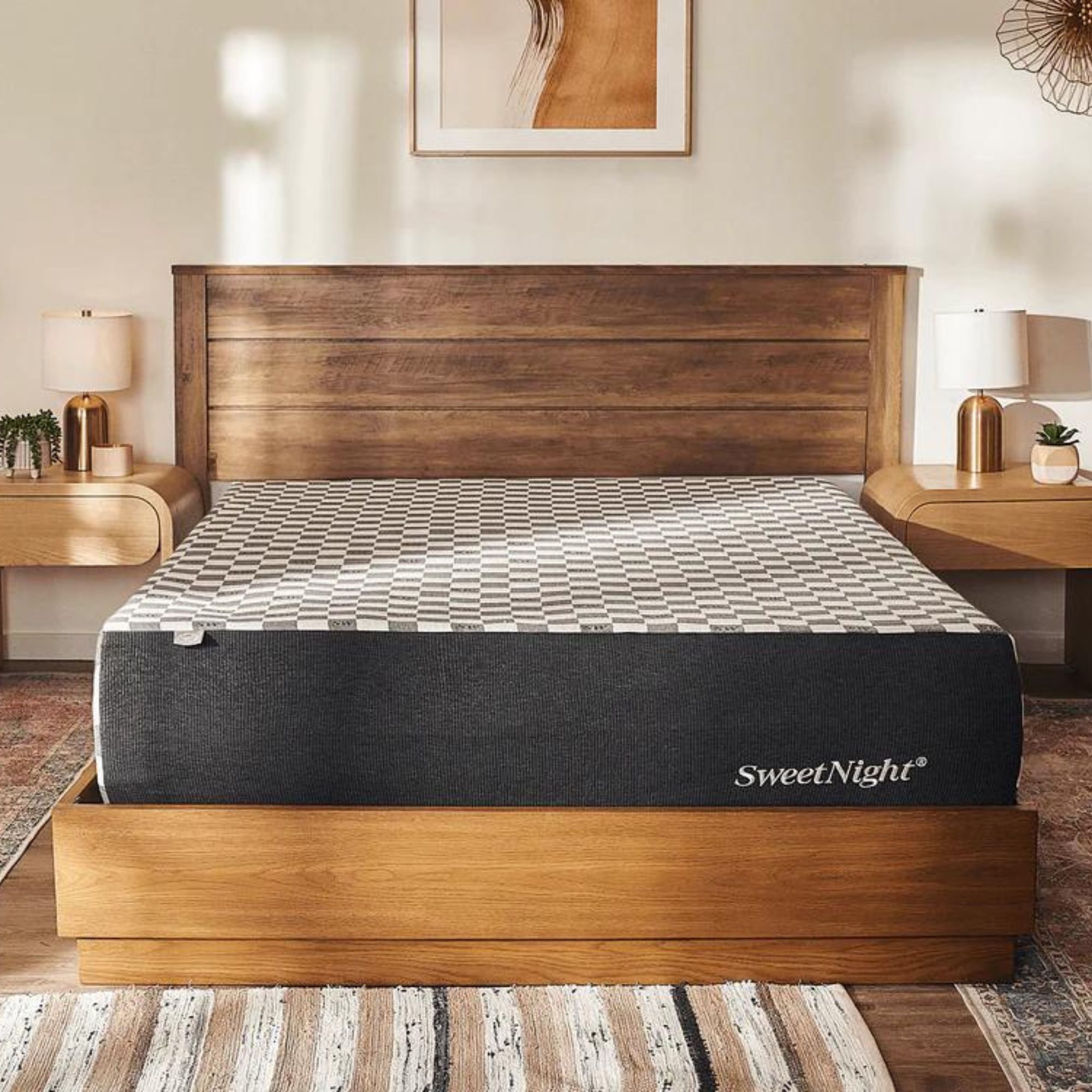
Flippable and dual-sided, the SweetNight Prime Memory Foam Mattress offers four firmnesses in one bed. It's the best mattress for couples who share a bed, but not a sleep style. Just make sure to stick to your side of the mattress.
You can find more detail in our SweetNight Prime Memory Foam Mattress.
What are the cons of a memory foam mattress?
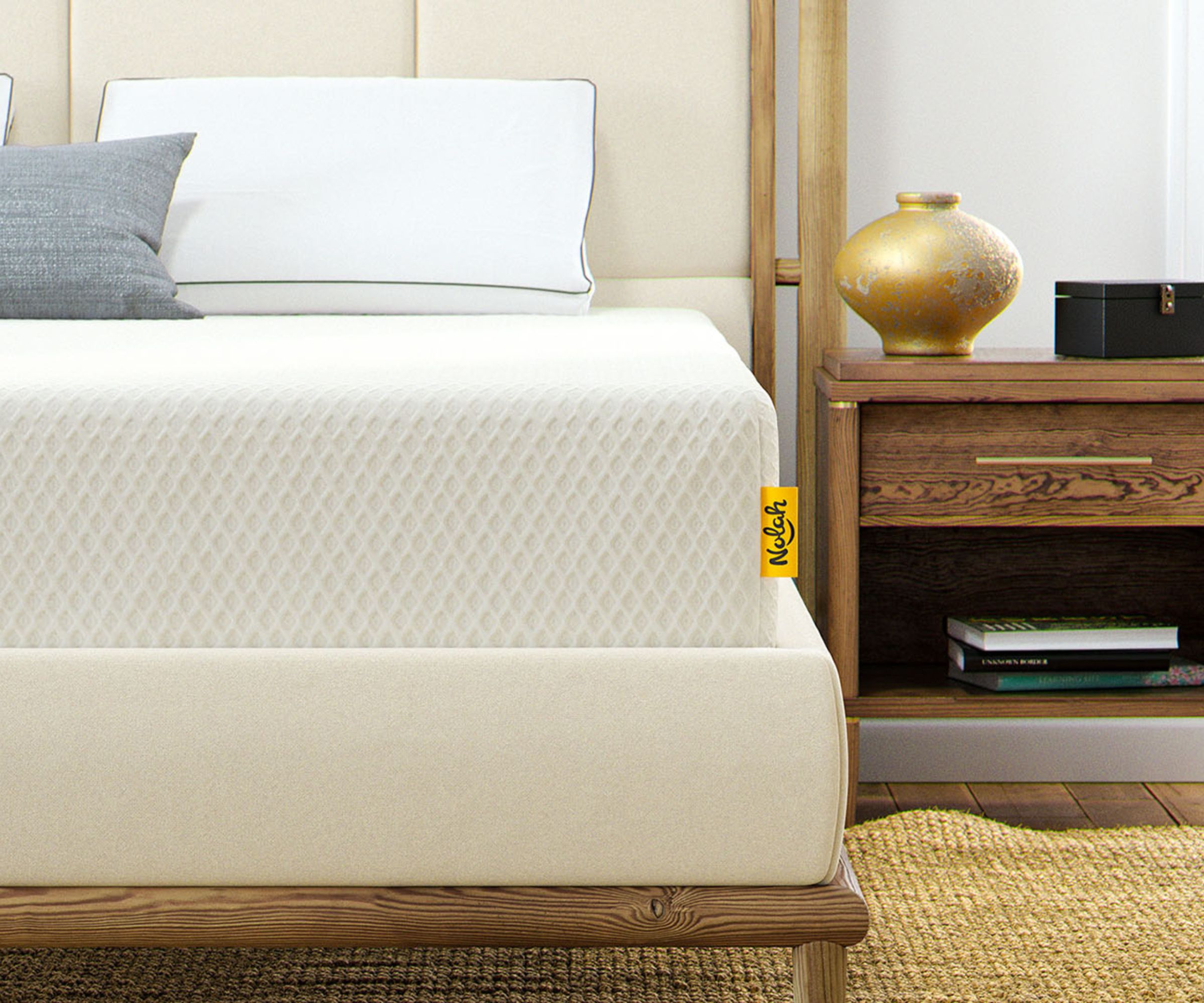
Even the best memory foam mattress will tend to trap heat. I put it down to all that thick foam, which leaves little to no room for air to flow through the bed. As a hot sleeper, I've found a few workarounds. You could narrow the search to a gel memory foam mattress, which is proven to dissipate heat and wick moisture, or dress your bed with cooling accessories, from the best cooling sheets to the best cooling mattress protector. A traditional memory foam mattress just isn't viable for hot sleepers like me.
Sleep expert Derek Hales isn't the biggest fan of memory foam, either. Over the course of 10 years as a sleep product tester, Derek has sampled hundreds of mattresses from all the big brands. He's found that 'memory foam struggles to remain supportive, especially around the edges of the mattress'. When it comes to hybrid vs memory foam mattresses, memory foam is far less durable. You might only get six or eight years of good use out of it. A memory foam mattress is often an expensive and unsustainable option.
Final thoughts
You might have made it to the end of this article and realized that a memory foam mattress just isn't for you. Not to worry − you've still got plenty of options. A hybrid mattress would provide the plush comfort of memory foam with the enhanced airflow of an innerspring, while a latex mattress would be a better option for eco-conscious shoppers.







